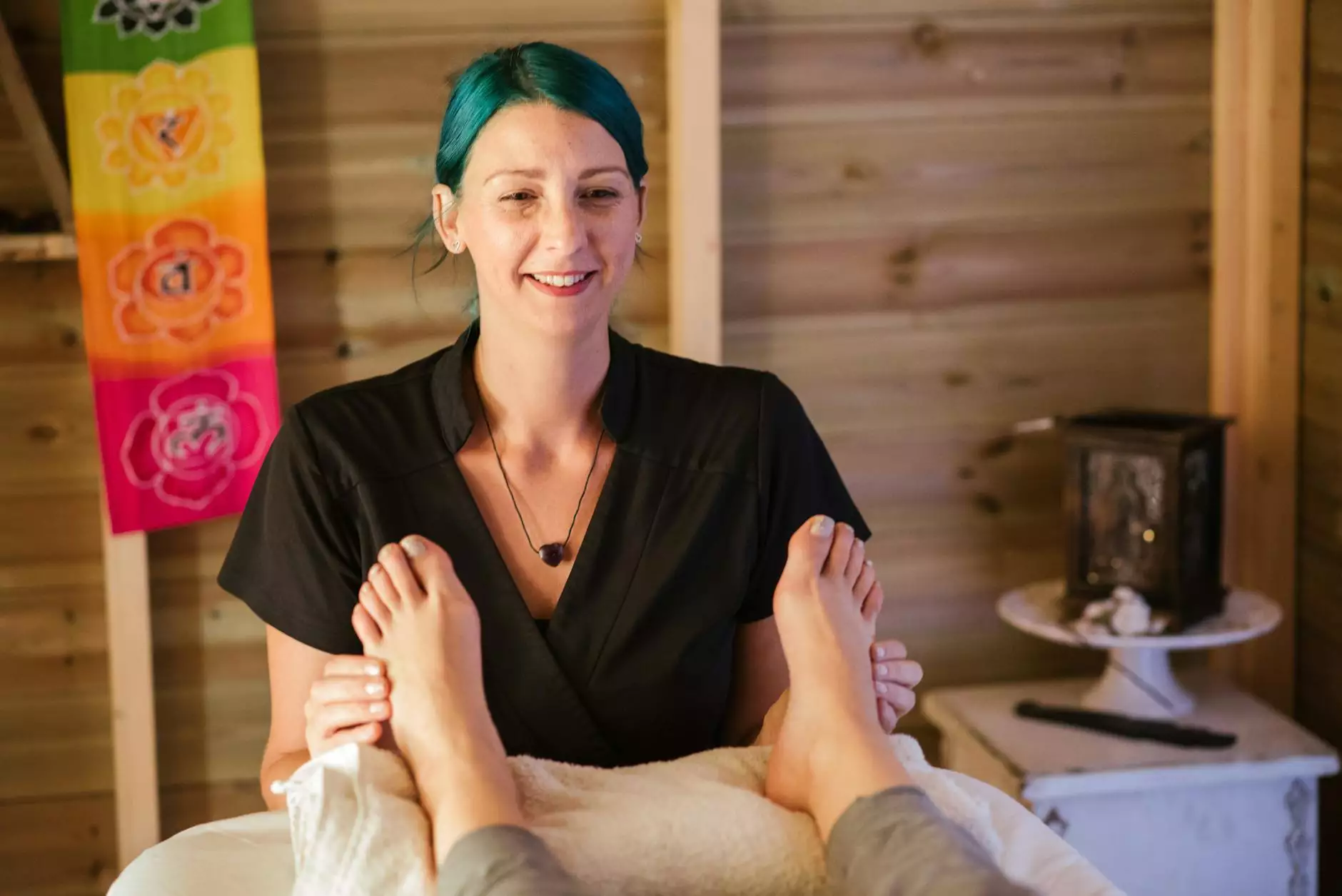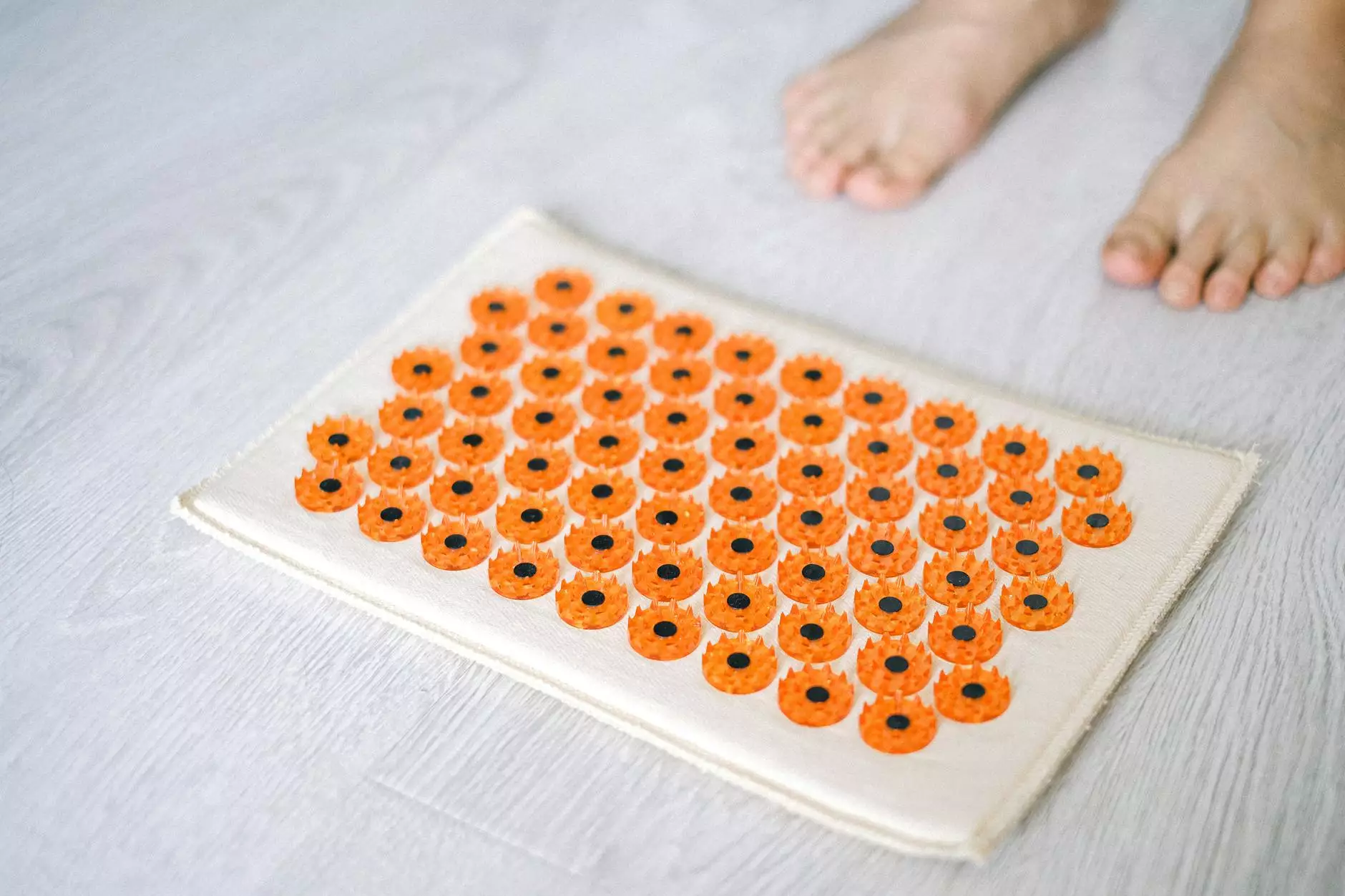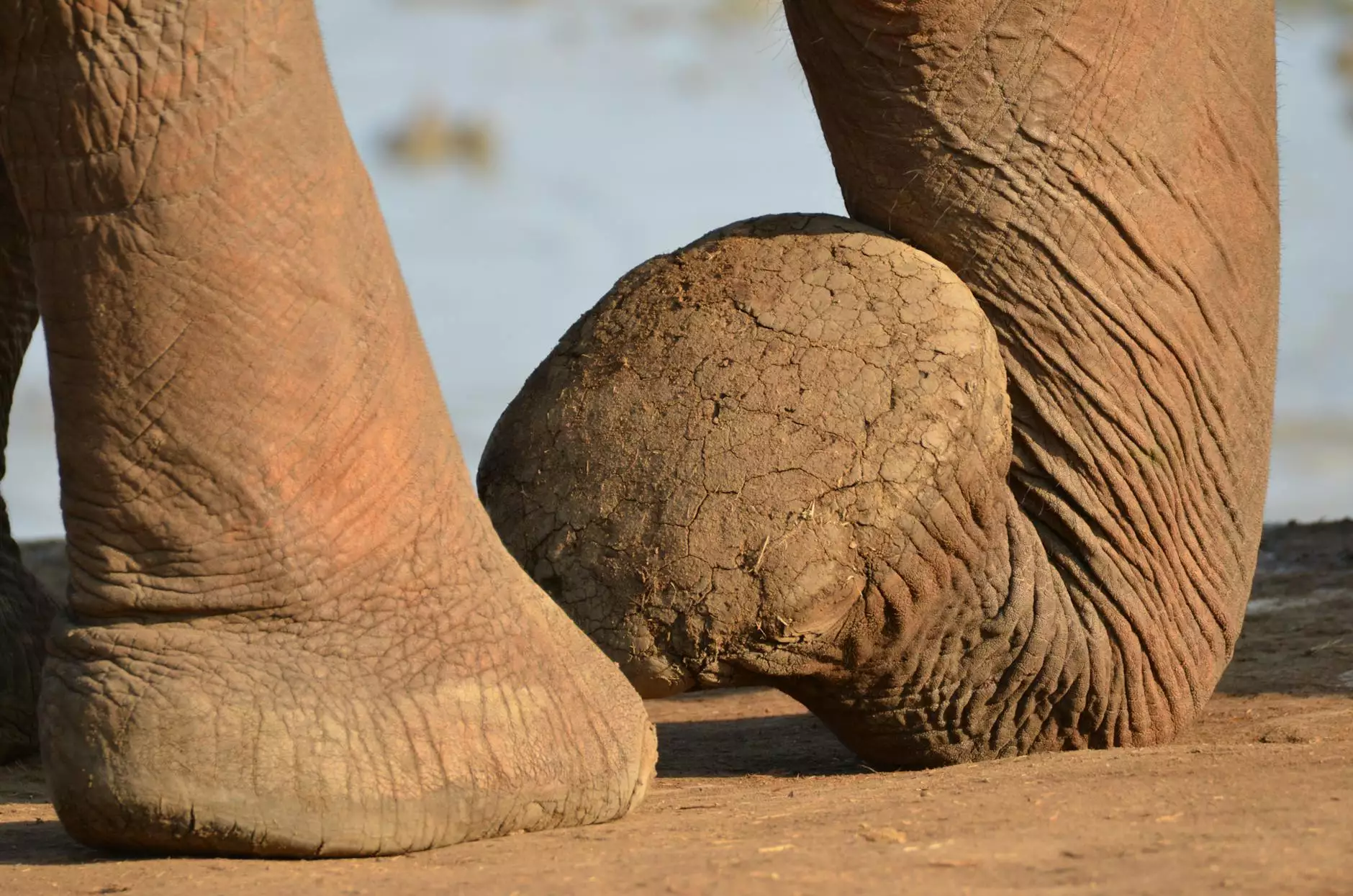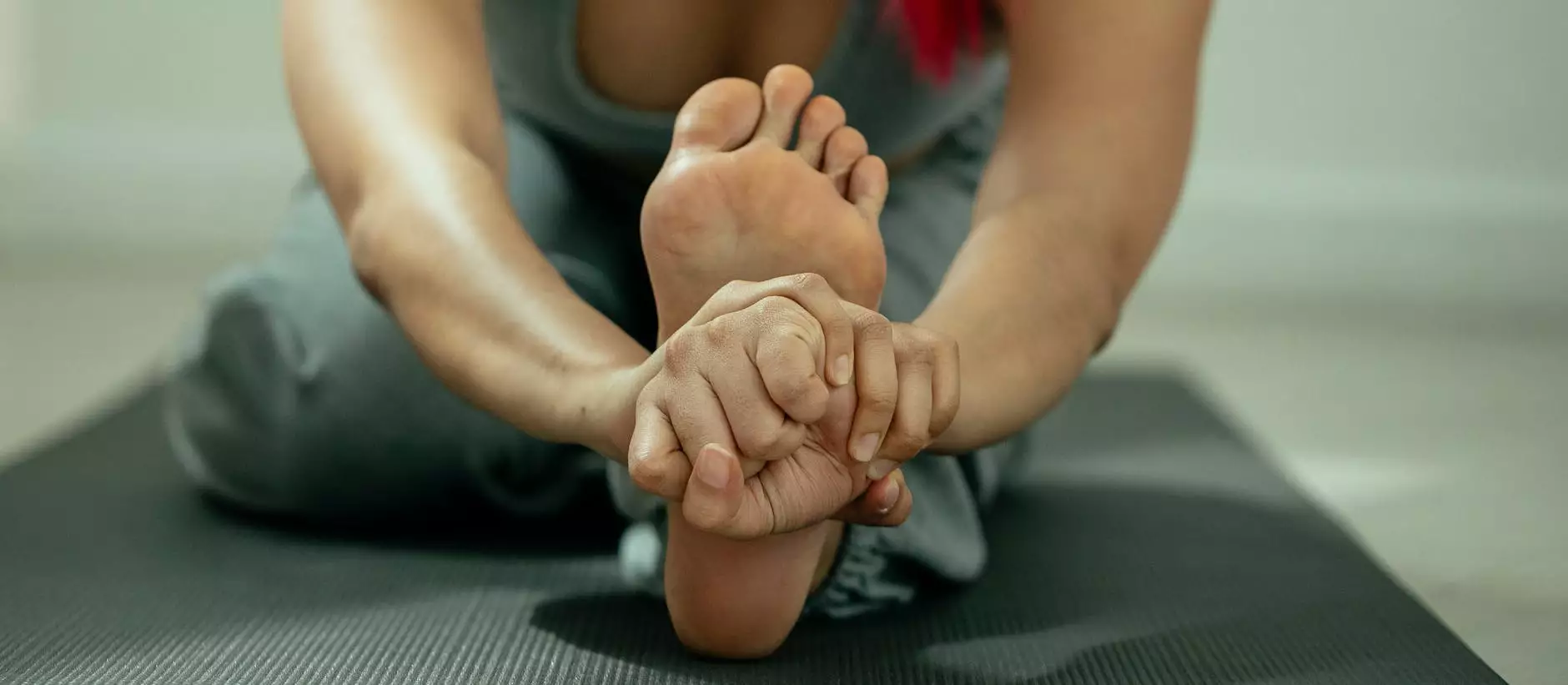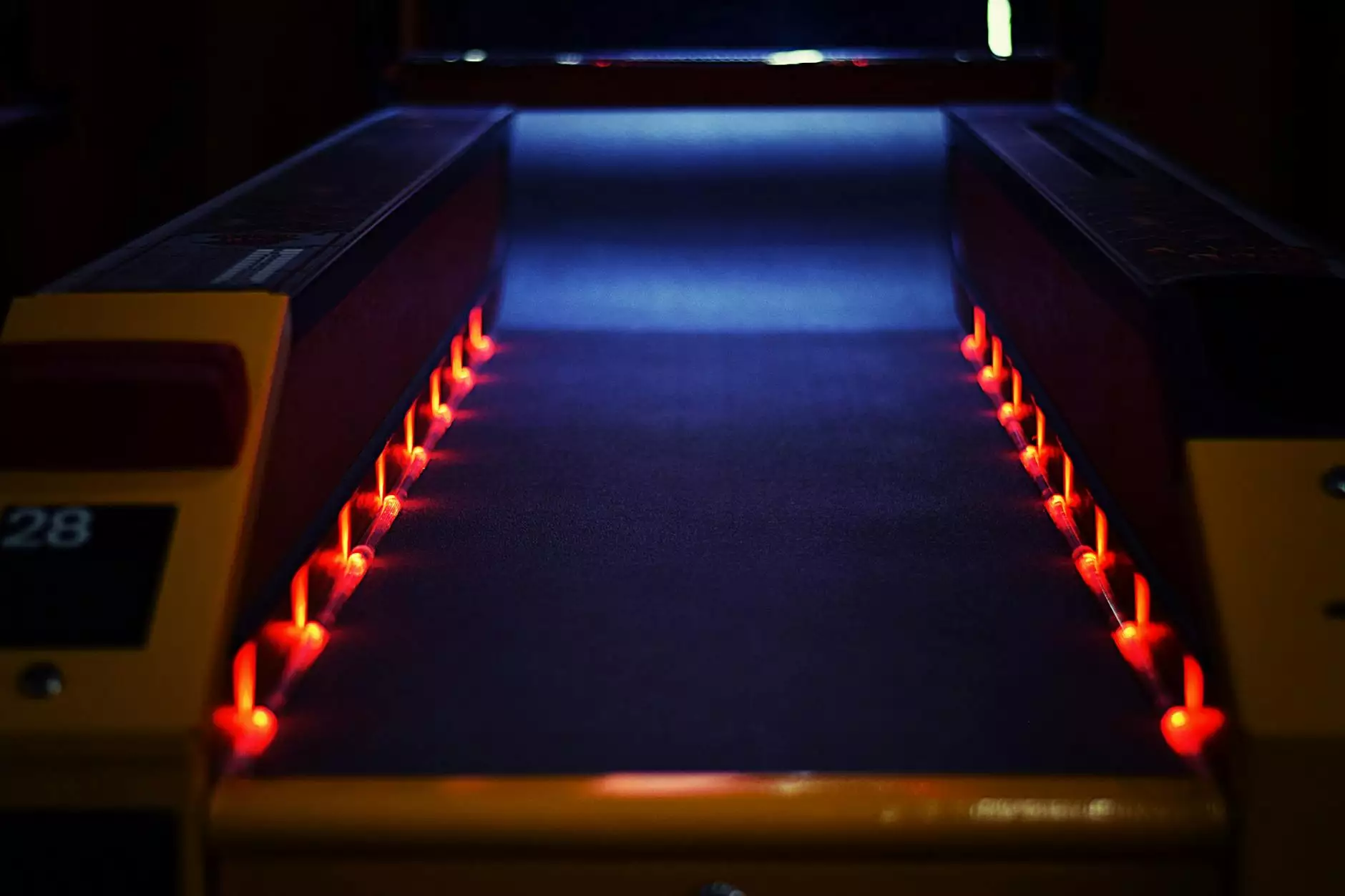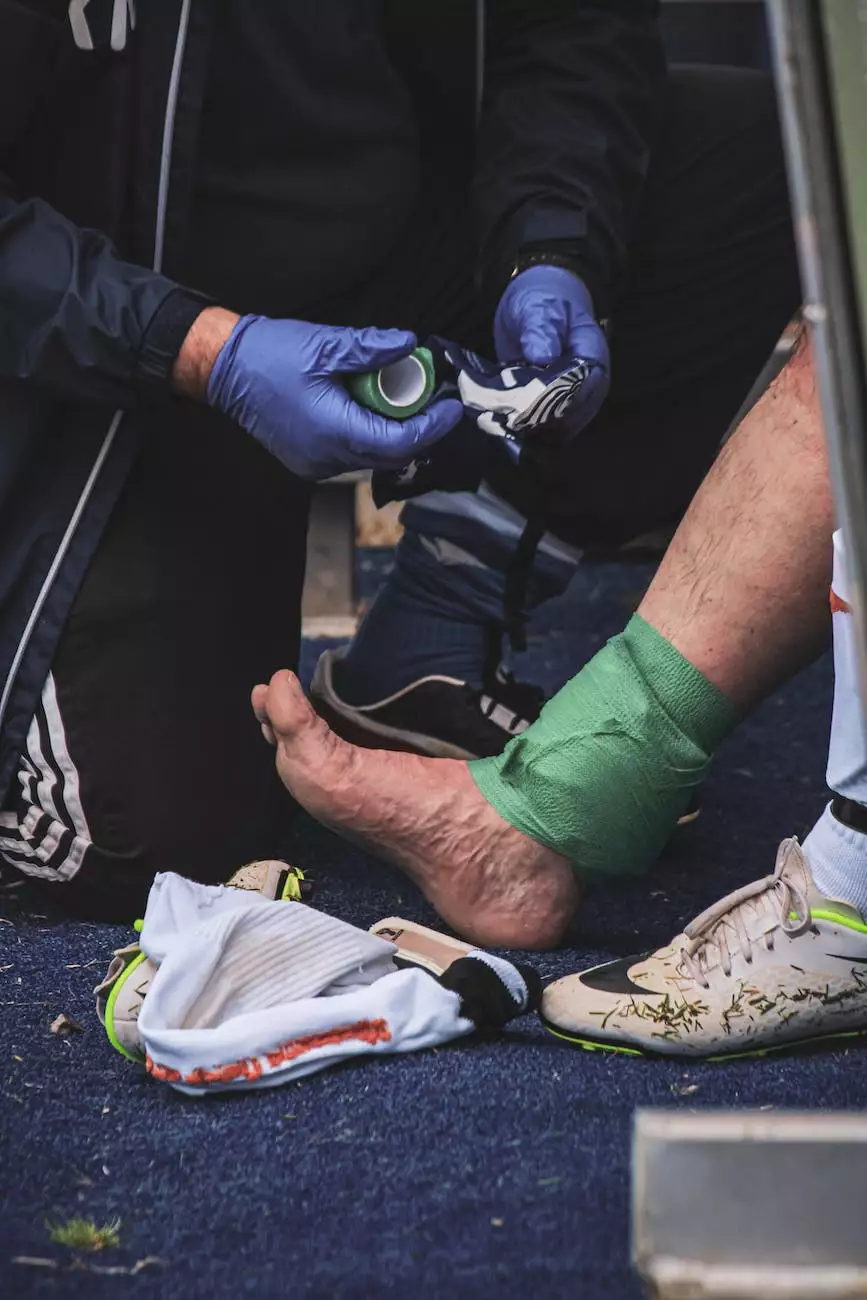Foot Conditions That May Occur as a Result of Rheumatoid Arthritis
Orthopedic Surgery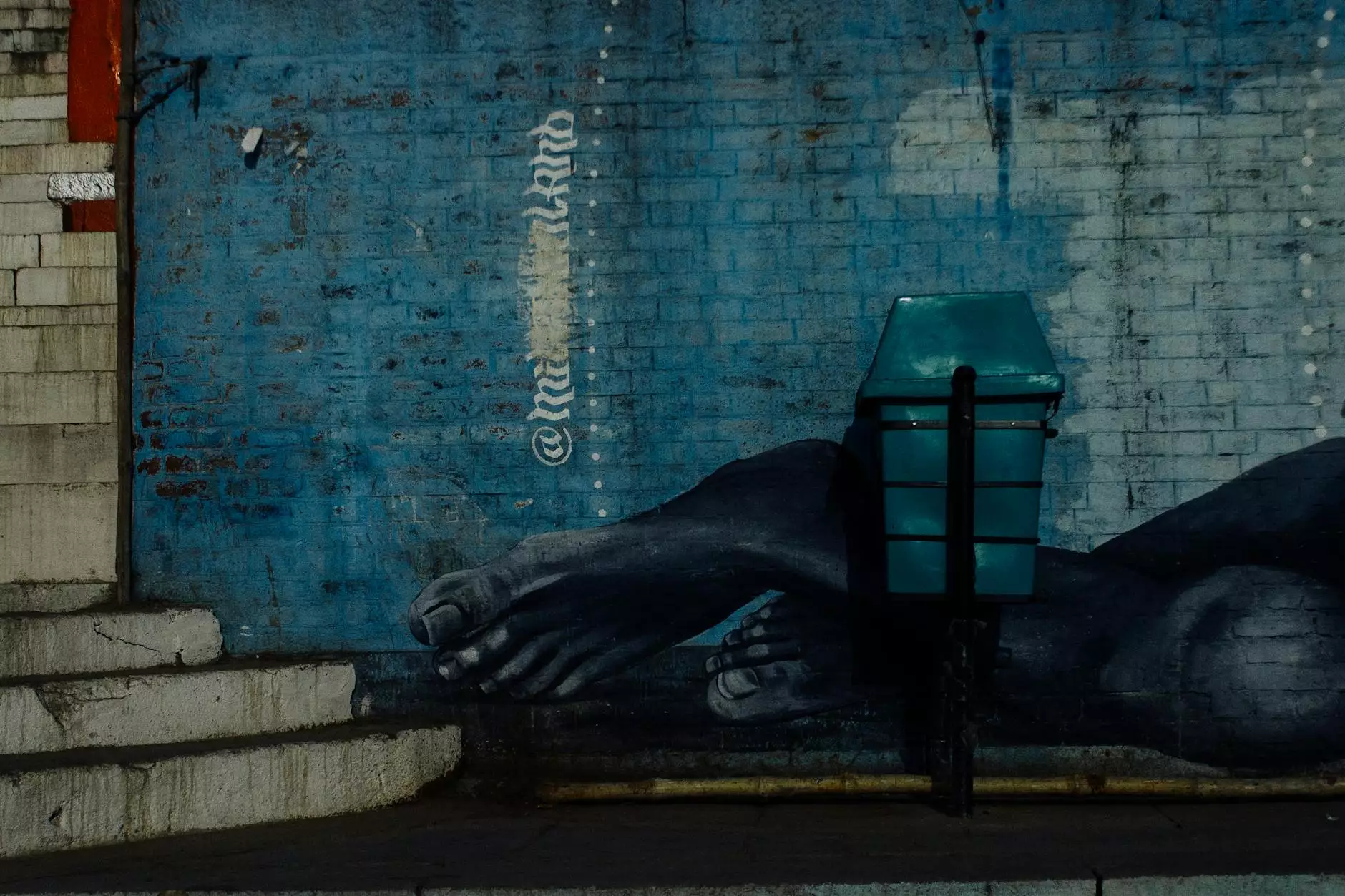
Rheumatoid Arthritis and Its Impact on the Feet
Rheumatoid Arthritis (RA) is a chronic autoimmune disease that primarily affects the joints. While it commonly affects the hands and wrists, the feet can also be severely impacted by this condition. In fact, up to 90% of individuals with RA experience foot-related issues at some point during the course of their disease.
Common Foot Conditions Associated with Rheumatoid Arthritis
Rheumatoid Arthritis can lead to various foot conditions, which can significantly affect a person's mobility and overall quality of life. Some of the most common foot conditions associated with RA include:
1. Rheumatoid Foot Deformities
Rheumatoid Foot Deformities are characterized by the progressive changes in the shape and structure of the foot. This can include the development of bunions, hammertoes, claw toes, and flat arches. These deformities result from the inflammation and destruction of the joints, tendons, and ligaments in the foot.
2. Toe Deformities
RA can also cause toe deformities such as hallux valgus (bunion), hallux limitus (limited range of motion in the big toe joint), and hammer toe. These deformities can lead to significant pain, difficulty in walking, and wearing shoes comfortably.
3. Subtalar Joint Involvement
The subtalar joint, located below the ankle joint, is commonly affected by RA. The inflammation of this joint can lead to stiffness, pain, and difficulty in walking, as it plays a crucial role in normal foot movement.
4. Plantar Fasciitis
Rheumatoid Arthritis can also contribute to the development of plantar fasciitis, which is the inflammation of the thick band of tissue (plantar fascia) that runs along the bottom of the foot. This condition can cause intense heel pain and make walking or standing for long periods challenging.
5. Achilles Tendinitis
Achilles tendinitis, characterized by inflammation of the Achilles tendon, can also occur as a result of Rheumatoid Arthritis. This condition leads to pain and discomfort in the back of the ankle, making activities such as walking, running, or climbing stairs quite painful.
Management and Treatment Options
Effective management and treatment of foot conditions associated with Rheumatoid Arthritis are crucial for improving function, reducing pain, and enhancing overall quality of life. Bowling Orthopaedics offers a range of treatment options tailored to each individual's unique needs. These may include:
1. Medications
Medications such as nonsteroidal anti-inflammatory drugs (NSAIDs), Disease-Modifying Antirheumatic Drugs (DMARDs), and biologic agents can help reduce inflammation, manage pain, and slow down the progression of RA.
2. Orthotic Devices
Custom orthotic devices, such as shoe inserts and braces, can provide support, stability, and pain relief for individuals with foot deformities caused by RA.
3. Physical Therapy
Physical therapy plays a vital role in managing RA-related foot conditions. Therapeutic exercises, stretching, and other interventions can help improve joint mobility, strengthen muscles, and reduce pain.
4. Assistive Devices
Using assistive devices, such as canes or walkers, can help individuals with severe joint damage maintain balance and mobility while reducing pressure on the affected foot.
5. Surgical Intervention
In cases where conservative treatments do not provide sufficient relief, surgery may be recommended. Surgical options include joint reconstruction, tendon repair, or joint replacement to restore function and alleviate pain.
Conclusion
Foot conditions that occur as a result of Rheumatoid Arthritis can have a significant impact on an individual's daily life. However, with proper management and treatment from Bowling Orthopaedics, individuals with Rheumatoid Arthritis can effectively reduce pain, improve mobility, and regain their quality of life. Contact Bowling Orthopaedics today to schedule an appointment and find the best treatment option to suit your needs.

